HEY!
Welcome to my page! I am a healthcare-focused UX/Product Interaction Design enthusiast. Unlike many, I enjoy immersing myself in medical environments, researching and enhancing the experiences of everyday individuals.

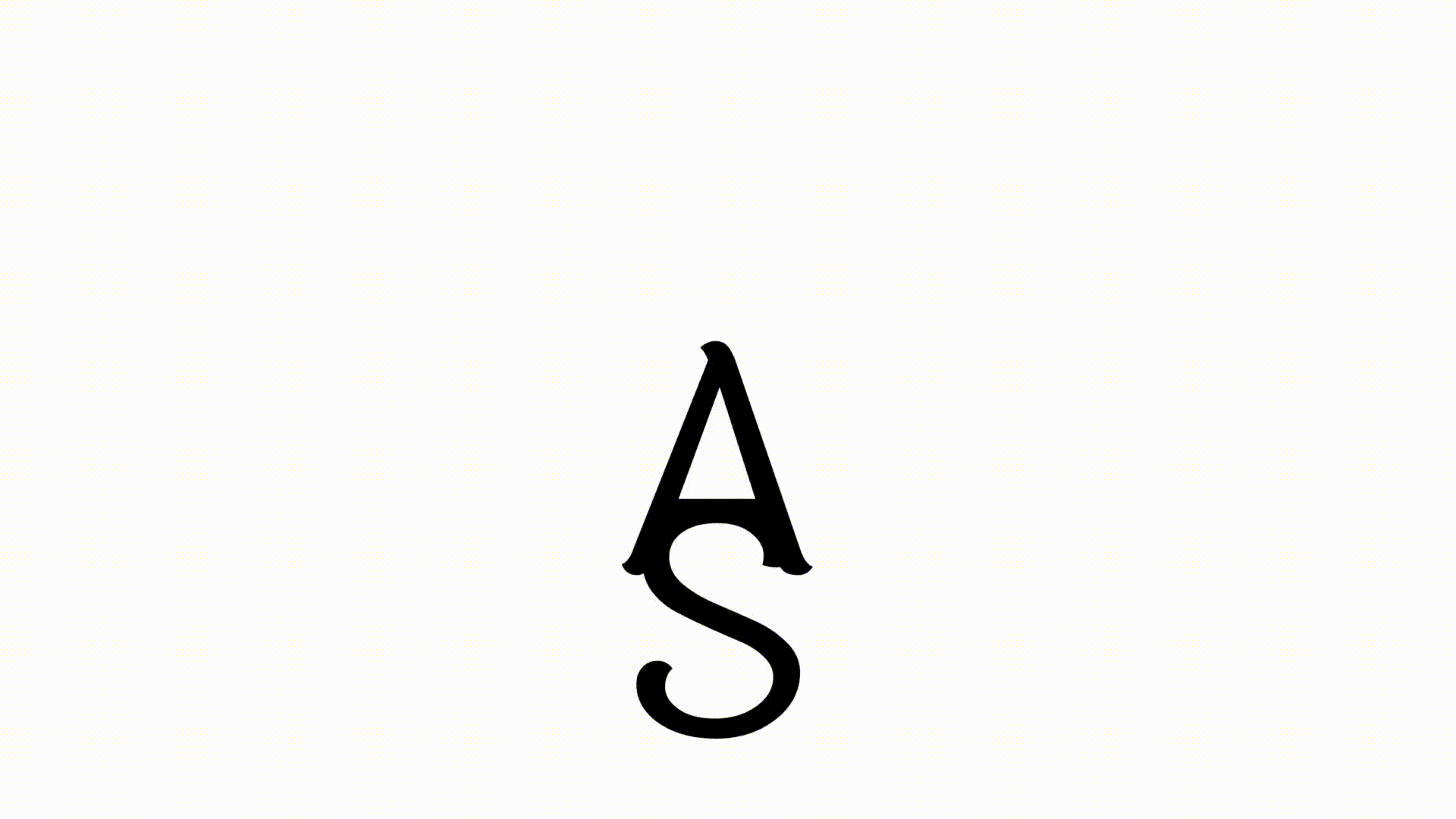
Jump directly to
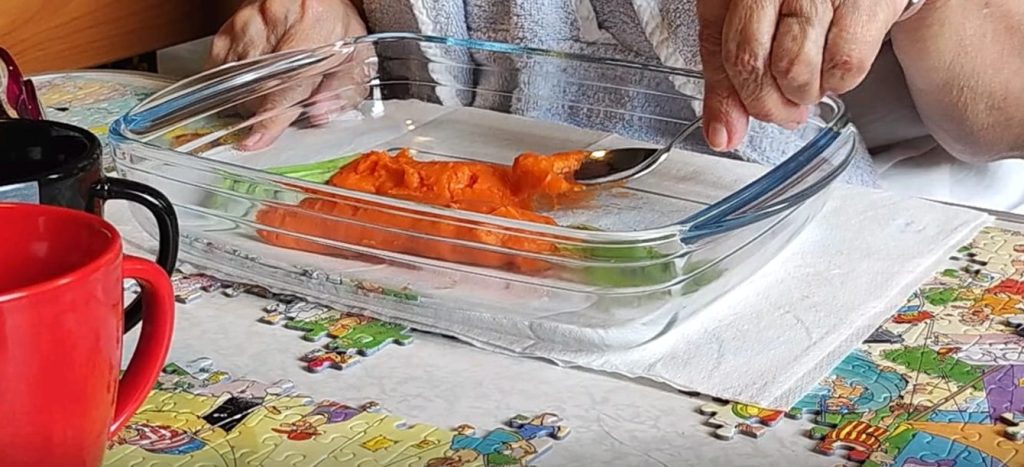
Why medical?
You’re looking at the hands of a woman living in a care home, struggling with dysphagia, the inability to swallow or chew properly. The expression on her face when she was offered something carrot-shaped and carrot-flavoured again was priceless. Months later, I was still receiving thank-you notes from her caregivers. This was possible thanks to 3D printing technology. Before, her meals were simply blended, leaving them identical in taste, smell, and appearance day after day.
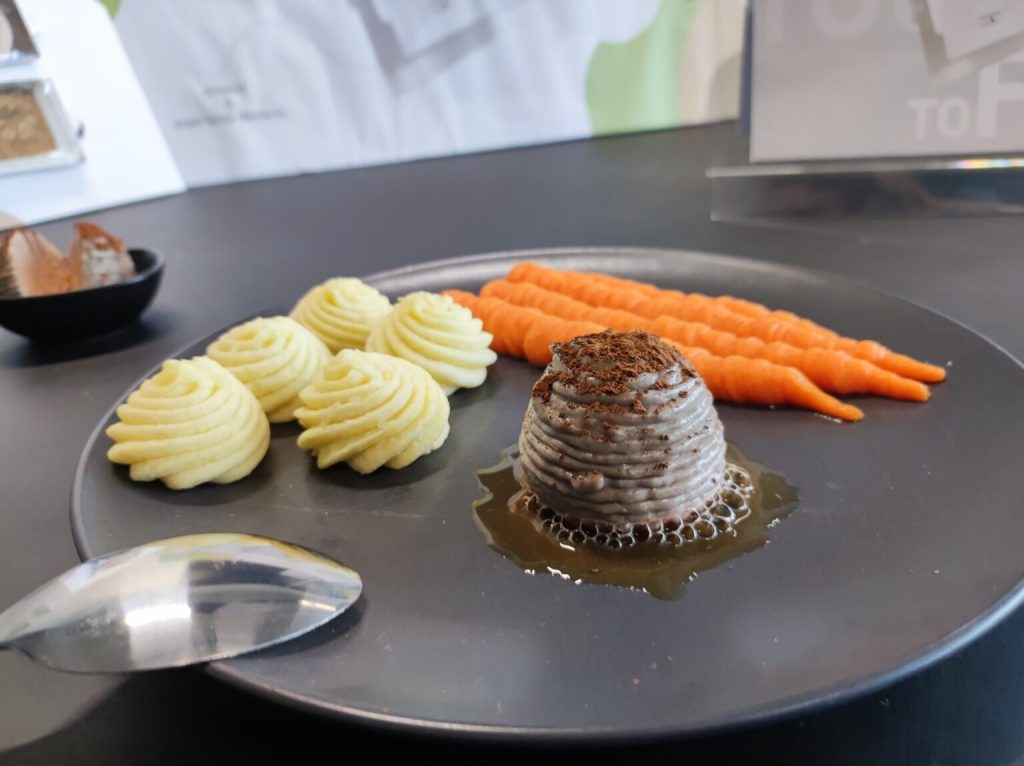
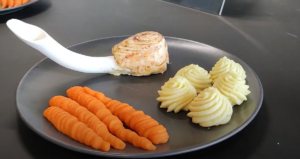
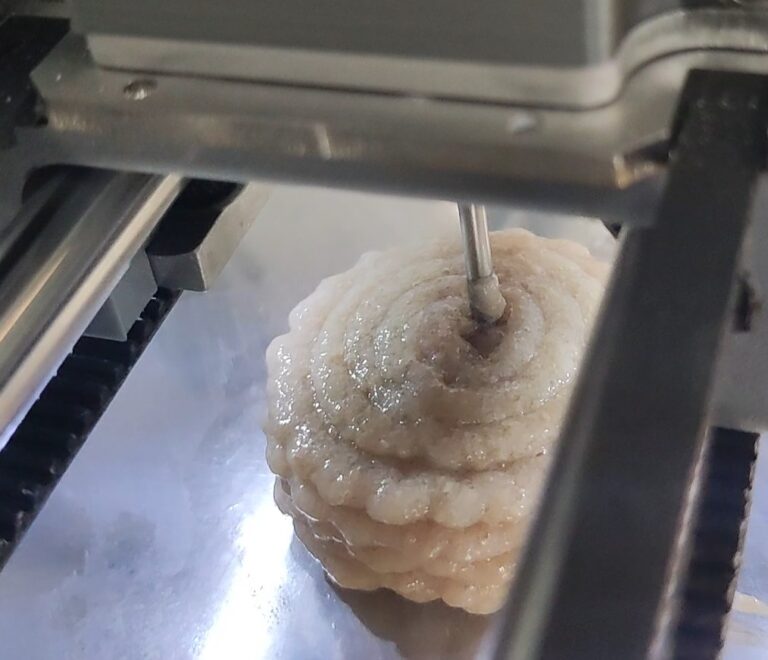
I wouldn’t dare to claim that technology instantly improves care. What truly matters is the process: visiting care homes, listening to challenges, studying the psychology of food and mealtime, exploring emerging technologies, testing solutions, and observing their impact. This project showed me that creating such value; restoring dignity, joy, and variety to everyday experiences, is far more meaningful to me than designing yet another stylish chair. Dysphagia, like many other medical conditions, could affect anyone. That realisation challenges me to design for a wide range of users, with the ultimate goal of adding real value to anyone’s lives.
Why Design?
(…and how?)
A dynamic process of user research, mapping insights, shaping conceptual solutions, and finding ways to demonstrate them amidst strict safety and privacy protocols, while continuously receiving unexpected user feedback and determining next steps, is what truly drives me forward. Predictability and repetition have simply never been motivational to me.
On top of that, while I imagine that a nurse’s day is also full of surprises and carries direct impact on individual patients, I believe that as a designer I can create broader impact. By developing or improving a single product, interface, or service, we have the opportunity to positively affect a large number and variety of individuals at once.
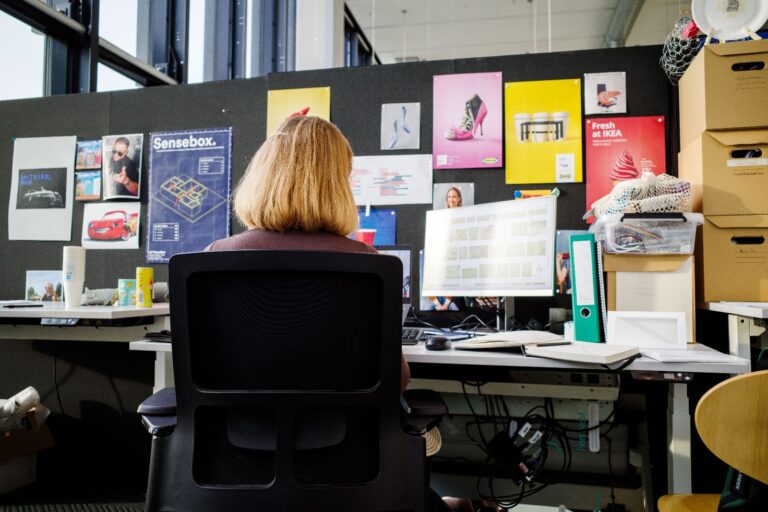
If you’d asked me then, If you ask me now:
What I Want(ed) to Become
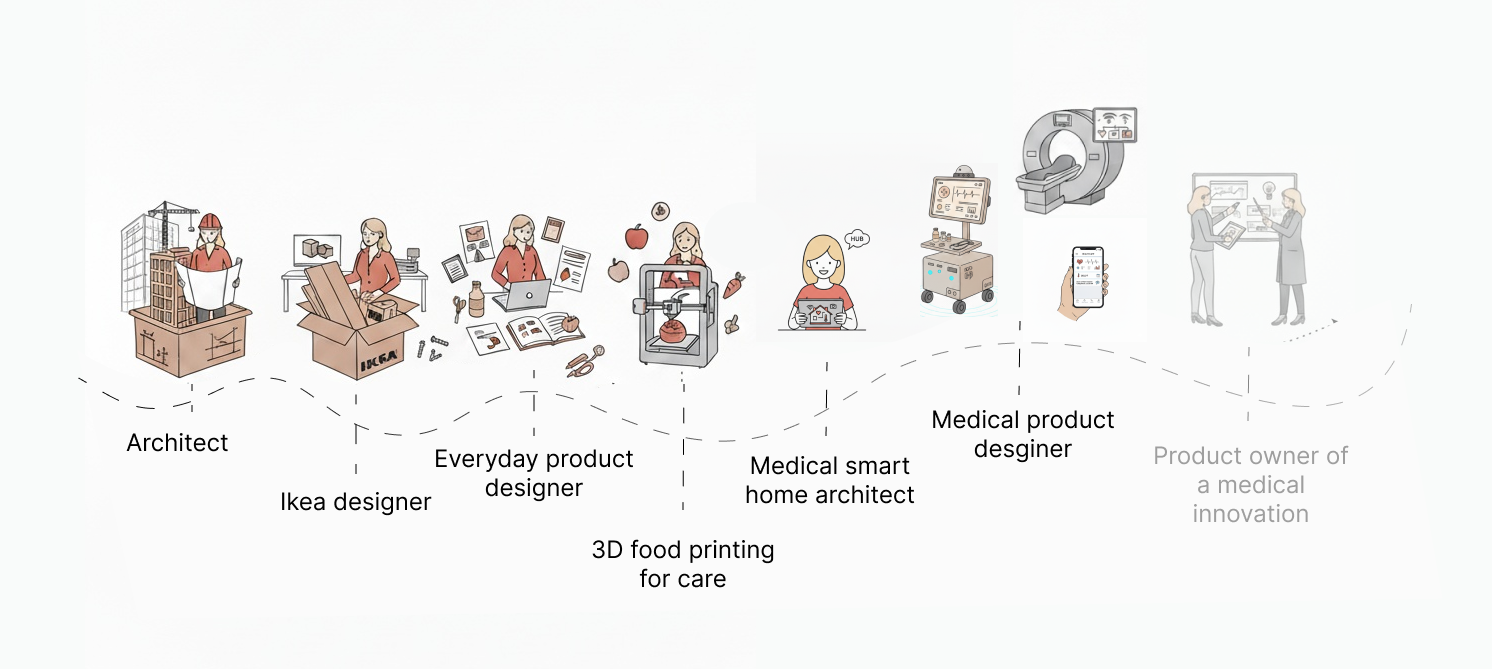
Skill gallery
UX development
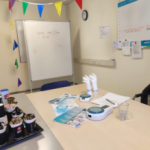
Co-development sessions
READ MORE
Throughout multiple projects, I have organized sessions that include users and other stakeholders in the research and/or development process. The picture above shows a session in which I brought a fully operational demonstrator of a fluid intake monitor. Using it, I could demonstrate how to weigh a cup of fluid and upload the measurement directly to the EPD system. Examples of their feedback were that they feared losing the device, as they do with many others. They also expressed both the relief this could bring and a potential bottleneck if the list of drink types became too long to choose from efficiently.
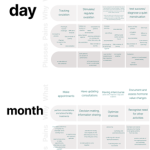
Concluding user needs & characteristics
READ MORE
Often, people think that user sessions are simply about gathering feedback on a finalized product in the form of “good” and “bad.” User analysis, however, should go much further. From different kinds of sessions such as observations, shadowing days, or workshops, one can uncover characteristics of users, their lifestyles, and their hidden motivators. All of these should be taken into account to avoid missing important features that users themselves might never define as necessary, or to prevent fully developing a feature considered “good,” only to realize after implementation that it conflicts with hidden user needs or does not fit their characteristics and daily life patterns.
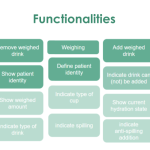
Prioritize and translate insights to structured frameworks
READ MORE
Getting to know the user is fun and valuable (at least to most designers). However, it doesn’t directly result in a solution. In most cases, many internal and external stakeholders are involved, spanning different domains. Each of them needs their own translation of user insights and what those insights ultimately mean for technical development, the next software launch, a hesitant business investor, and beyond.
Both my studies and my past working year have not only taught me how to gather, analyze, and translate insights for different perspectives, but also how, as a user researcher, especially in the medical world, you owe it to your users to ensure these insights actually influence product decisions. Whether it’s deciding to invest in a product’s future or altering a functionality, their time is precious and their needs are crucial.
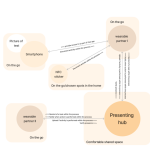
System-level thinking
READ MORE
The world we design in is becoming increasingly connected. A toothbrush might need to communicate with a phone, or even be shared with another person’s device at the same time. A blood pressure monitor might need to communicate with the EPD, or alert a doctor directly on their care phone if its reading changes. Physical products may also require accompanying services.
This demands system-level thinking. Mapping experiences and interactions goes beyond a single user and a single product. Responding to this everyday reality, I have worked on multiple projects involving several users within a single use case, balancing the design of connected products with the potential for additional services.
Product design
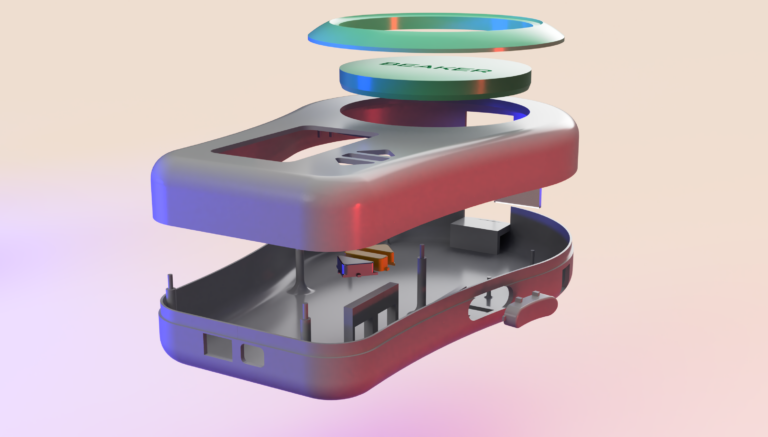
3D modelling
READ MORE
For the past five years, I’ve been using 3D modeling and rendering primarily to bring concepts to life as interactive demonstrators, whether they initially existed only in my head or roughly on paper. I’ve created printable structures for product casings, integrated electronics and physical mounting mechanisms, and collaborated with production partners to create functional, tangible interactive demonstrators that clearly communicate the concept.
Although I don’t aspire to become a full-fledged mechanical production engineer, I deeply value this skill and the mindset it fosters, as well as the way it supports collaboration within the design process. Taking a realistic render, including humans, to a hospital will always be more effective than a simple drawing when it comes to understanding and conveying a concept.

3D printing prototyping
READ MORE
Besides food (as mentioned above), I’ve also been 3D printing plastic. I enjoy(ed) the challenge of adjusting settings and experimenting with materials to achieve the perfect-looking and/or -feeling prototype from my digital models. Since most of my prototypes included some type of electronics, this skill was even more valuable: components needed to be mounted securely and functionally, ensuring the prototypes were solid enough to mimic real interactions.
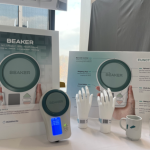
Interactive demo
READ MORE
Often, people think that user sessions are simply about gathering feedback on a finalized product in the form of “good” and “bad.” User analysis, however, should go much further. From different kinds of sessions such as observations, shadowing days, or workshops, one can uncover characteristics of users, their lifestyles, and their hidden motivators. All of these should be taken into account to avoid missing important features that users themselves might never define as necessary, or to prevent fully developing a feature considered “good,” only to realize after implementation that it conflicts with hidden user needs or does not fit their characteristics and daily life patterns.
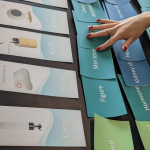
3D printing prototyping
READ MORE
Often, people think that user sessions are simply about gathering feedback on a finalized product in the form of “good” and “bad.” User analysis, however, should go much further. From different kinds of sessions such as observations, shadowing days, or workshops, one can uncover characteristics of users, their lifestyles, and their hidden motivators. All of these should be taken into account to avoid missing important features that users themselves might never define as necessary, or to prevent fully developing a feature considered “good,” only to realize after implementation that it conflicts with hidden user needs or does not fit their characteristics and daily life patterns.
Product gallery
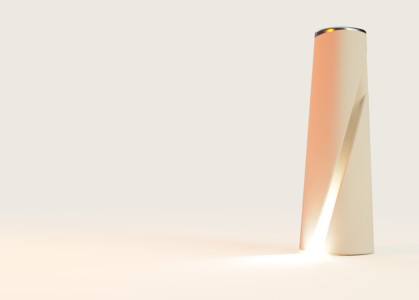
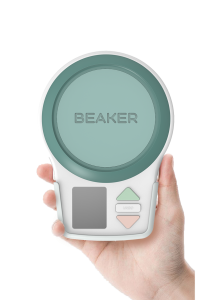
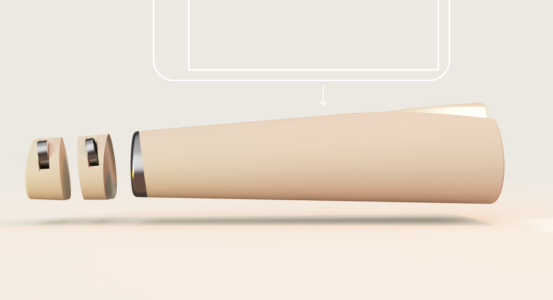
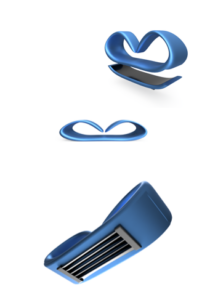
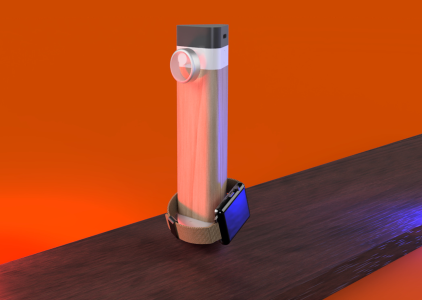
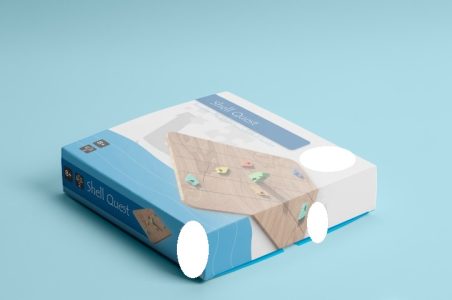
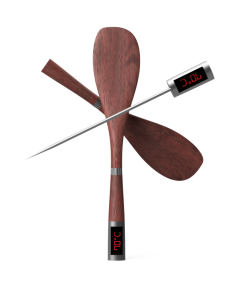
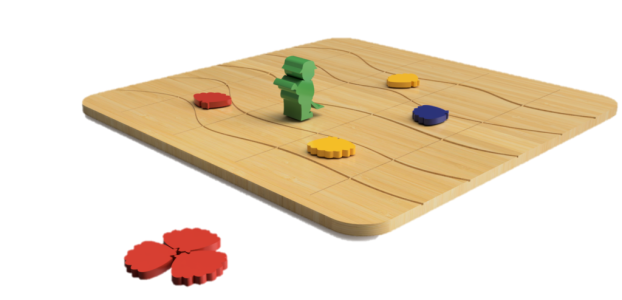
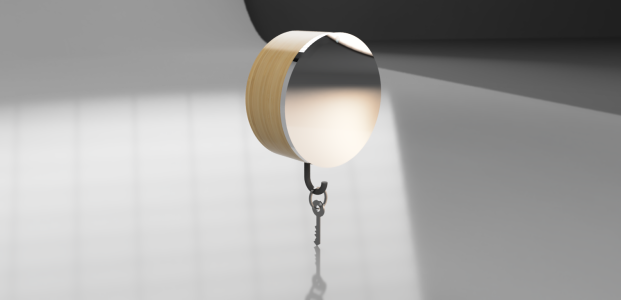
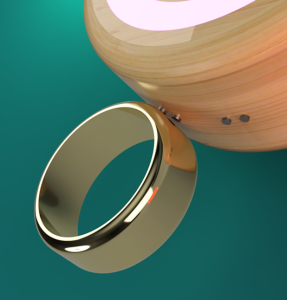
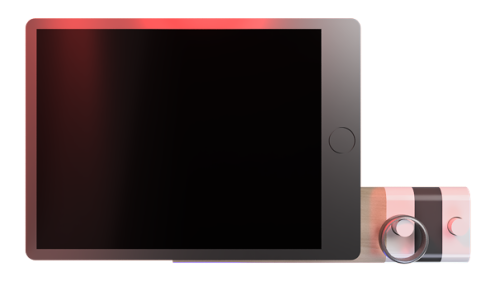
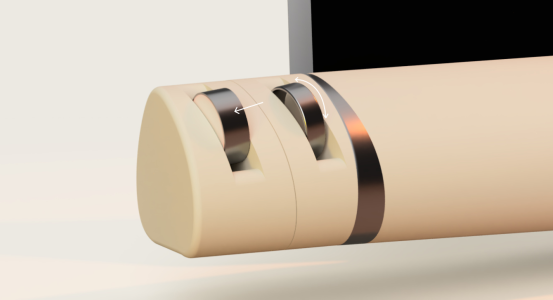
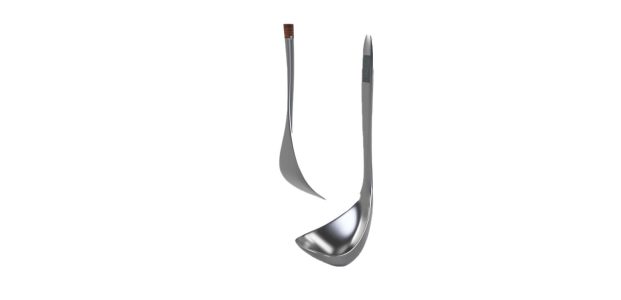
Digital design
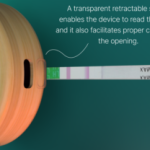
Customized content
READ MORE
I like shaping content, both visuals and text, to the needs of a target group. Over time, I’ve learned the importance of proper user research and of maintaining a consistent feedback loop that is shared across the entire development team. This ensures that users feel understood and are guided clearly and intuitively through a product poster, app interface, or brochure. For example, some medical audiences might benefit from highly legible fonts or clear iconography, while another group may understand information more quickly through short instructional videos. Some might enjoy having a vibrant visual style, whereas other domains might not feel taken seriously when this is applied. In this way, I aim to make communication not only informative but also accessible and engaging for its intended audience.
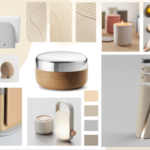
Brand identity matching
READ MORE
The explanation to the left already hints towards this, but over the course of different projects I have worked with a wide variety of “brands”, ranging from established companies to very specific target groups. Through this practice, I have grown fond of using visual CMF moodboards as a way to shape and steer a project’s identity. At times, I create and propose multiple moodboards to explore different directions, allowing a team to decide on a visual language that not only aligns with the expectations of end users but can also positively surprise them. This process has helped me build a structured yet flexible approach to developing visuals that are both meaningful and engaging.
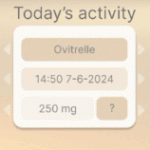
Interactive demo
READ MORE
I have learned the importance of validating interactions and visual styles with users, as every insight, whether it reveals a software bug, an unanticipated need, a dislike of the visual style, or whether the design evokes the intended feeling, is valuable. To support this, I have deployed Figma prototypes over the past three years, allowing me to map interaction threads and test them with users in a variety of ways, including independent experiences, co-creation sessions, or cognitive walkthroughs. This practice ensures that design decisions are grounded in real user feedback, improving both usability and the overall experience.
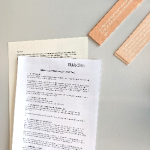
Interaction research
READ MORE
I have gained familiarity with numerous usability/UX study methods, ranging from observations and critique sessions to interviews, co-creation workshops, cognitive walkthroughs and so on. Over time, I have converged on my own approach: developing a context-specific protocol and method that makes sense for the constraints and opportunities of each project. While it is valuable to consider related work, every context has its own limitations and possibilities, requiring a tailored approach.
I begin by defining the overarching goal, breaking it down into sub-goals, and identifying opportunities to engage with users, considering the extent and circumstances of each interaction. This includes preparing demos and reflecting on potential biases to form a structured testing agenda. For example, depending on the goal, you might choose to surprise users immediately with a “future hospital robot,” or introduce them gradually through simpler logistic assistance, saving the full demo for later. Both approaches are valid; the choice depends entirely on the objectives of the study.
Project management & Communication
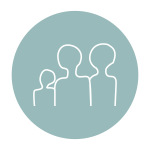
Multidisciplinary
READ MORE
I am experienced in collaborating across disciplines, connecting creative, technical, and business perspectives. My studies included the full project lifecycle; collaborating with stakeholders, programming sensor interactions, and understanding broader project contexts; giving me experience communicating with engineers, business, and marketing teams.
Over the past year in a diverse startup team, I’ve grown more comfortable switching between marketing discussions, technical component integration, and GUI design, learning to adapt and contribute effectively across different areas of a project.
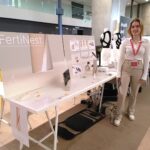
Presenting
READ MORE
I like presenting, whether through slide-based talks, aligning visual styles to create a consistent language, or refining phrasing to make it more engaging. Throughout my studies and professional experiences, I have often been the one stepping up to deliver presentations; ranging from project pitches to company representation at fairs. I enjoy adapting both content and style to the audience, whether engaging students in a lecture room or delivering a concise pitch to visitors at an exhibition.
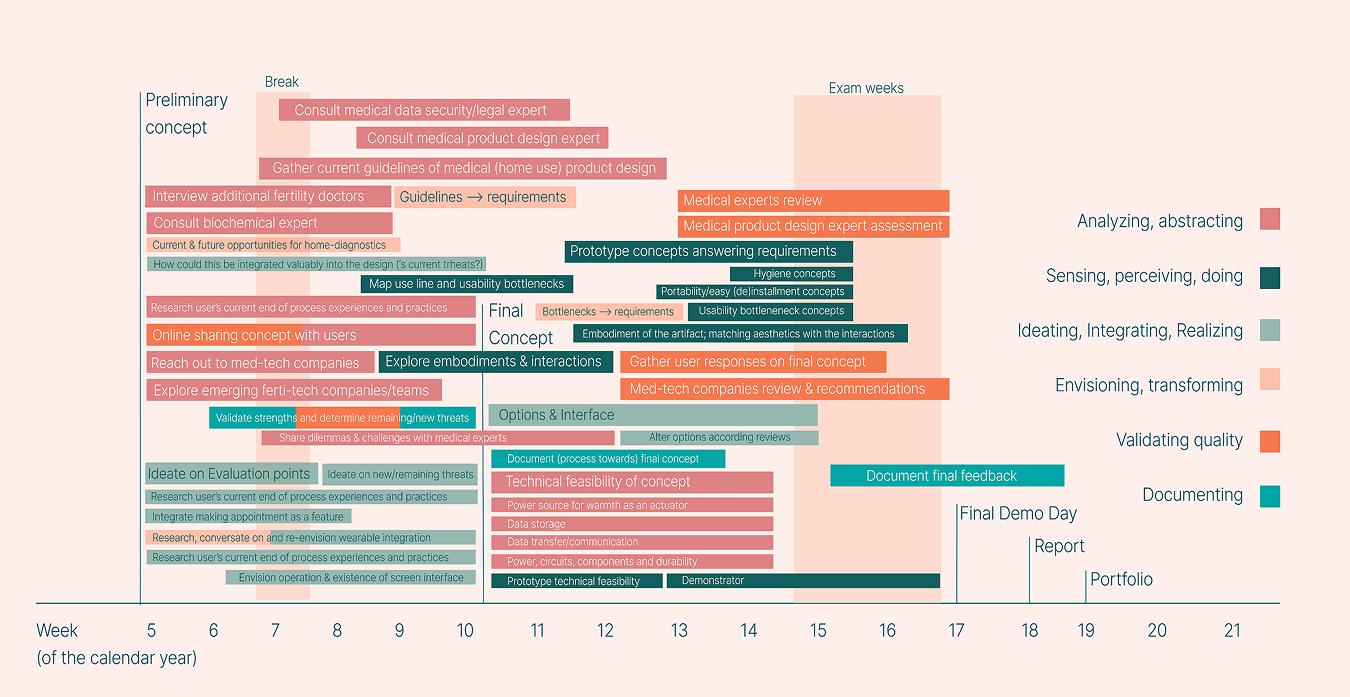
Project planning
READ MORE
Being used to working independently while at the same time depending on stakeholders or teammates has made me a pragmatic planner. I naturally think ahead and can identify what is relevant to do next, while also knowing how to prioritize tasks effectively. Personally, I approach this like a Gantt chart in my head; seeing different development tracks run in parallel with their own deadlines and buffers, allowing me to organize work, anticipate on emerging challenges throughout the process, and keep processes moving forward.
